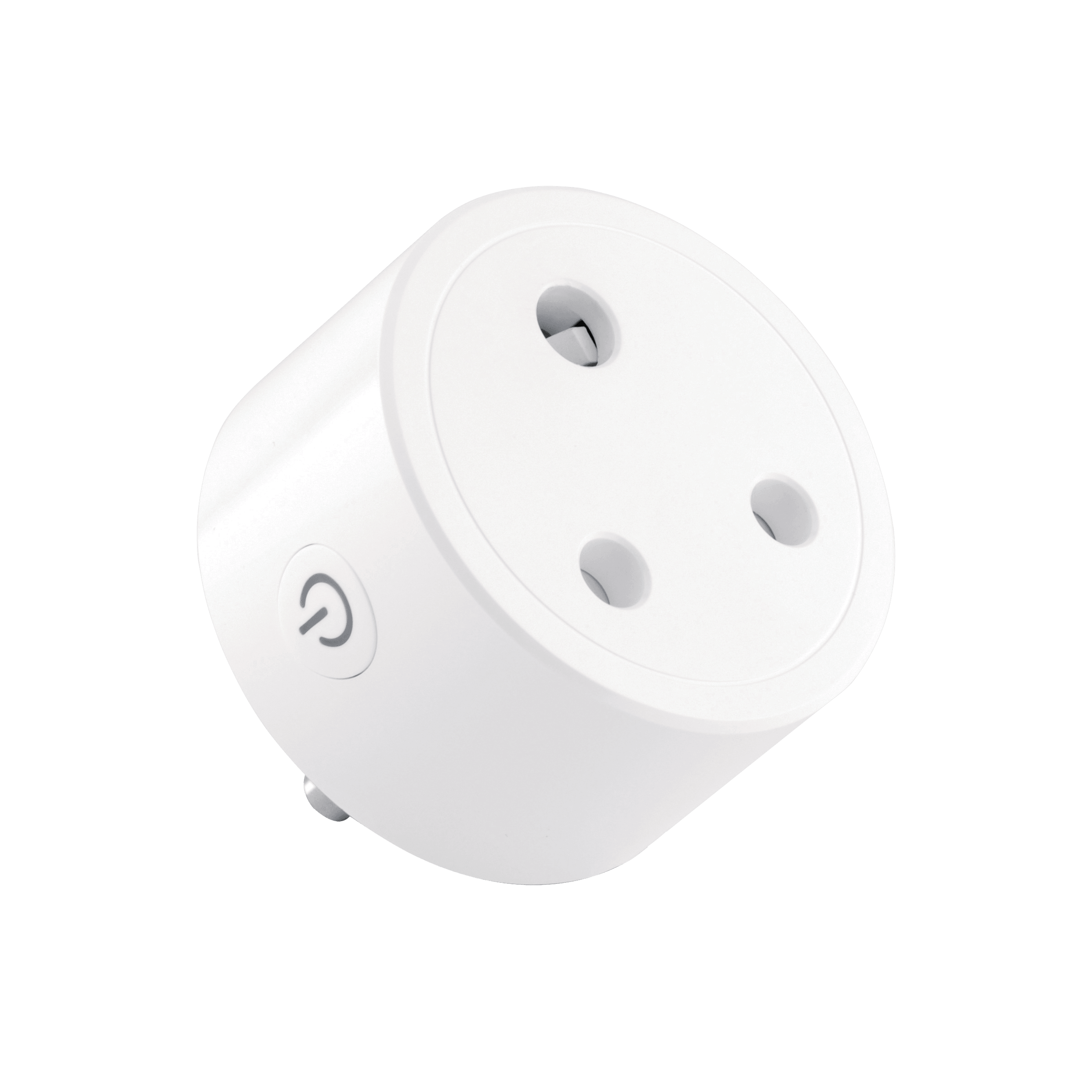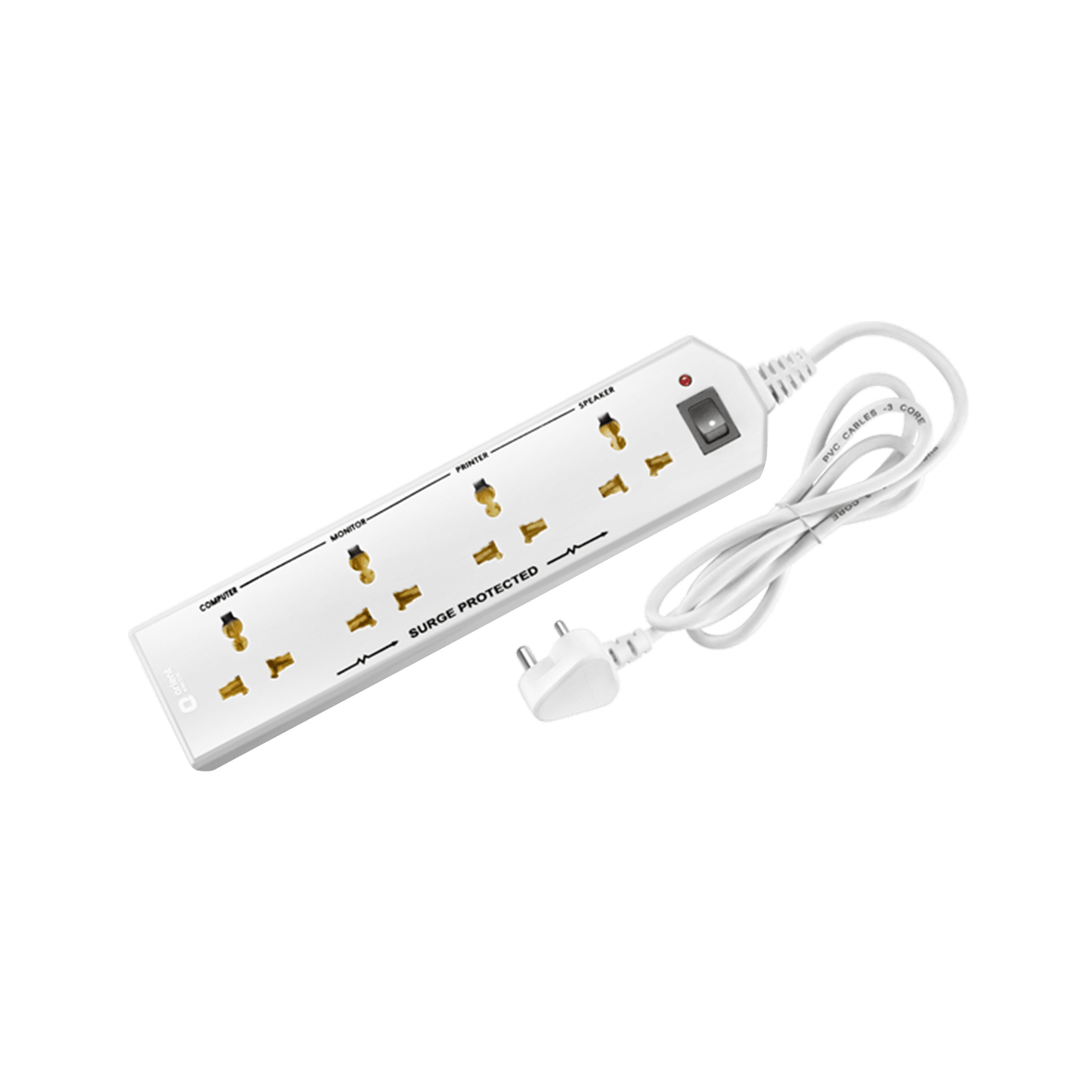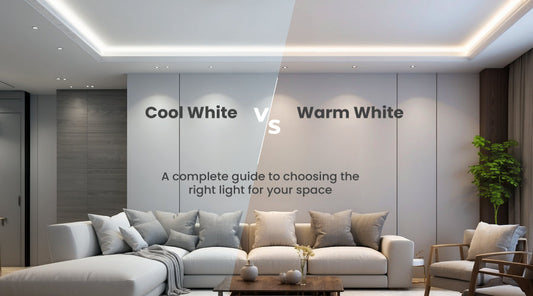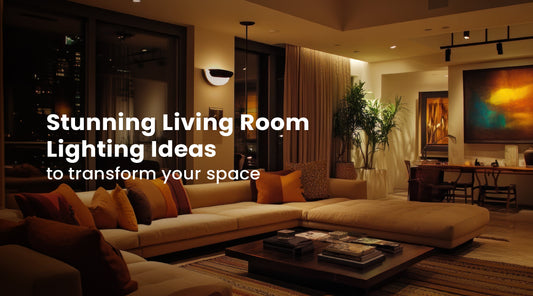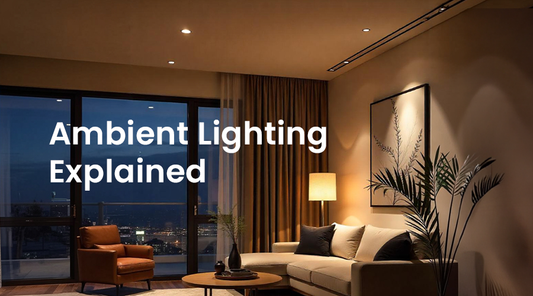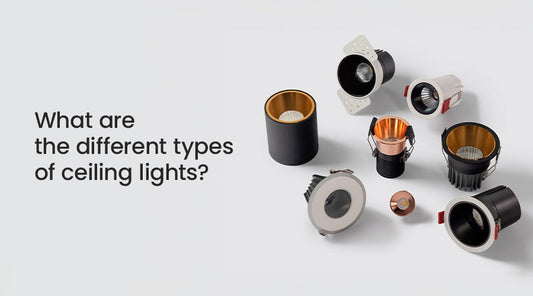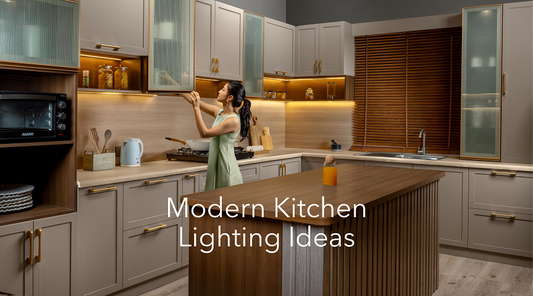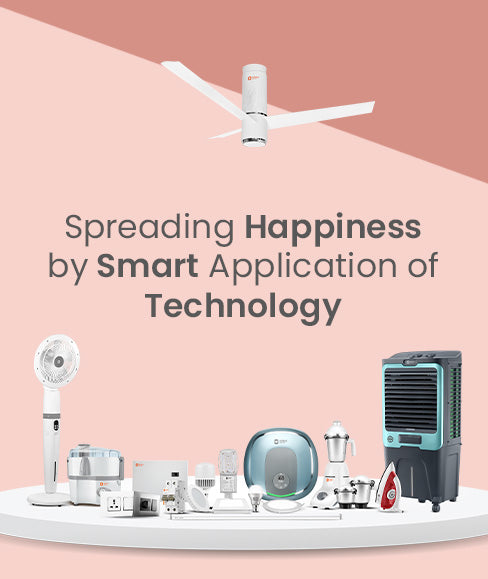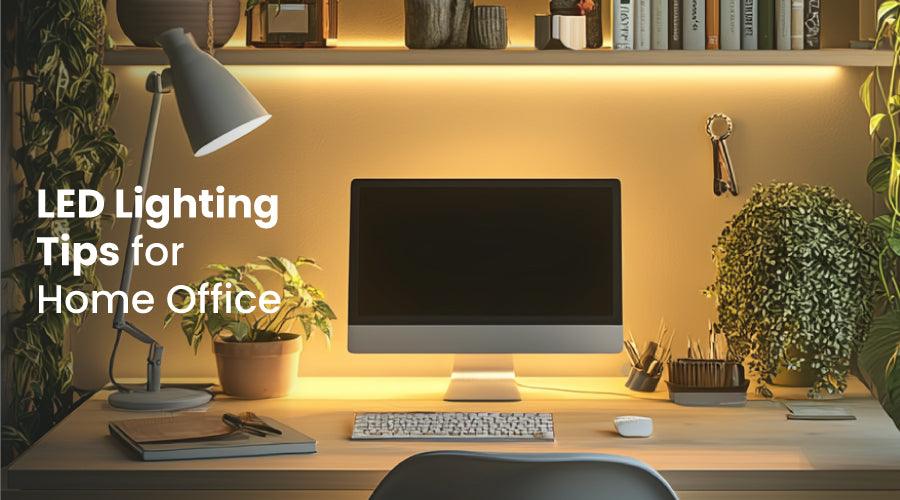
Bright Ideas: Using LED Lighting to Improve Your Home Office Setup

In the past couple of years, the concept of hybrid work has gained significant momentum. As companies around the globe switched to hybrid or work-from-home models in the wake of Covid-19 pandemic, the importance of having a good home office setup became paramount. Having a well-designed setup for working at home is not just about putting a chair and a desk - it’s much more than that. You need to pick a distraction-free space inside your home, have a desk organizer, and most importantly, good lighting so that you stay focused on your work and be productive without straining your eyes. And to that end, LED lights are the best option because of their efficiency and versatility. In this article, we will discuss about choosing the right type of LED lighting to get the most out of your home office setup.
Go for the right type of LED lights
Before we step out in the market or go online for buying LED lighting for a home office, we must understand that there are different types of LED lighting that serve various purposes. Therefore, it’s important that you choose the right lighting or the right combination of lights to create a comfortable and productive workspace. Let’s have a look at the types of LED lighting available.
a) Task Lighting
Do you work for long hours on your laptop or does your job involve a lot of reading? If that’s so, you need to have task lighting for your home office setup. Task lighting is essentially the type of lighting that provides focused illumination for tasks such as writing, reading, or working on the laptop. This helps you focus better and reduce the chances of eye strain. Here are some examples of task lights.
Desk Lamps: The most common type of LED task light you’ll find in most home offices is a desk lamp which allows you to focus the light exactly where you need it. When choosing a desk lamp, go for one that comes with an adjustable head and dimming option, so that you can adjust the angle and brightness to suit your needs.
Spotlights for Task Lighting: Very much like desk lamps, you can also use LED spotlights to direct light on specific area of your home office. This is particularly useful if you want focused, bright light for your work.
Under-Cabinet Lights: If your workplace has cabinets or shelves above it, you may consider going for under-cabinet task lighting to illuminate your space. These lights will provide additional illumination without taking up any space on your workspace.
b) Ambient Lighting
While task lighting is important for any home office, one cannot ignore the importance of general lighting or ambient lighting which refers to the primary source of lighting in any room or space. The primary objective with ambient lighting is to have uniform but not so bright lighting which allows you to see and move around the space comfortably. Let’s have a look at a few types of ambient lighting.
Ceiling Fixtures: These are the lights mounted on directly to the ceiling of the room or space where you have set up your home office. You should opt for daylight or cool white LED bulbs for ceiling fixtures, as they will mimic natural light which helps you to focus better and uplifts your mood.
Recessed lighting: For a modern and refined look, you may consider going for LED recess panel that are installed into the ceiling. Recessed lights are available in different sizes, shapes, and beam angles, so you can choose depending on your requirements. Additionally, you can choose ones with dimming option if you want to adjust your lighting as per your needs or mood. You must note that the recessed lights can be used as general lighting, task lighting, or accent lighting basis the types of fixtures used and their placement.
c) Accent Lighting
If you are looking to add drama to your home office space, what you need is accent lighting. The primary purpose of using accent lighting to highlight certain objects or areas and make your overall home office space look more exciting and welcoming. Here are some basic types of accent lighting.
LED Strip Lights: Put them behind your desktop, along the bookshelf, or under the shelves to create a soft, inviting glow. LED strip lights are highly flexible which allow you to bend them around furniture or irregular spaces to create interesting layouts. Go for ones with adjustable colour temperature, so that you can choose between cool and warm lighting as per your mood.
Wall Sconces: As the name says, wall sconces are mounted on walls to provide direct lighting to highlight specific objects, such as a painting or a framed quote. These are a great option to add a decorative touch to your space.
Track Lighting: These track lights feature a track with multiple adjustable lights which can be directed to highlight different objects or spaces.
Some Tips for Home Office LED Lighting
Now that we have understood the types of LED lights we can use for home office set up, it’s time to consider a few important things to help create a space that’s welcoming, productive, and good for your eye health.
- Avoid Glare: Make sure that you place the lights in a way that they do not create any glare on your computer or laptop screen. If you are using a desk lamp, angle it to light up your space without creating any shadows or reflections. In case of overhead lights, keep them diffused so that you don’t get any glare on the screen.
- Layer Your Lighting: Using the right combination of ambient, task, and accent lighting is the key to creating an inviting and productive workspace. Begin with ambient lighting to mimic the natural light in your room, pick the task lights as per your needs to focus on your work, and then use accent lighting, if required, to add vibrancy to your space.
- Maximize Natural Light: You should always consider setting up your home office near to the windows to let the natural light come inside during the day. IT not only reduces dependence on artificial lighting but also impacts your mood positively. Use curtains or blinds to avoid harsh sunlight and glare.
- Flicker-free lighting: Studies have revealed that prolonged exposure to flicker emitted by LED lights with flicker percentage above 30% can lead to negative health impact such as eye strain, headaches, blurred vision, fatigue, and reduced visual task performance. Flicker is the rapid change in brightness of LED light, and it is of two types, visible and invisible. Visible flicker can be detected by eyes, and the frequency generally is below 100 hertz and hence is easier to avoid or control. The invisible flicker is the one that we all should be concerned about. This flicker is a rapid fluctuation with frequency above 100 hertz that human eye cannot detect. We have our eyes open for around 6,000 hours a year and most of this time we are exposed to artificial light, and therefore, it makes sense to invest in flicker-free lighting such as Orient Electric EyeLuv series of flicker-free LED lights which come with advanced flicker-control technology that reduces the harmful impact of invisible LED flicker.
With thoughtful planning and the use of right LED fixtures, you can easily enhance both the functionality and aesthetics of your home office setup. Strategically placing lights while paying attention to things like brightness, colour temperatures, and beam angles will help you create a comfortable and welcoming home office space.
